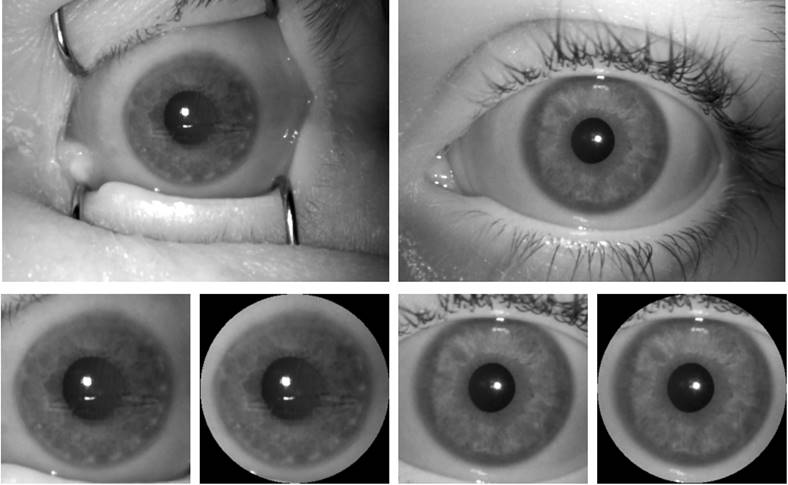
Iris scanners are mainly used by the company Samsung for phones from the Galaxy S series, but they will also arrive in the Samsung Galaxy Tab S4 during this fall to compete with the new iPad Pro. Many people agree that iris scanners offer very good security for data, it being superior to the standard facial recognition in Android, and the face of Face ID should be, theoretically, just as good.
Iris scanners still have a major problem, unfortunately, and that's because they don't make the difference between a living person and a deceased person, but this is where artificial intelligence intervenes to solve the problem. A team of researchers managed to "train" an artificial intelligence system to be able to distinguish between the iris of a living person and that of a deceased person, so that it refuses access to data for the latter.
Iris Scanner: Problem Solved with Artificial Intelligence
The researchers who trained this artificial intelligence system used a database where they found the eyes of deceived people, and used those images to compare them with the eyes of living people. By analyzing the iris of the eyes for both types of people, the researchers managed to teach the artificial intelligence system to use an iris scanner to correctly detect a living person and a dead person, in order not to provide access to data for the latter.
"Today we get an answer thanks to the work of Mateusz Trokielewicz at Warsaw University of Technology in Poland and a couple of his colleagues. These guys have created a database of iris scans from living people and from dead bodies and then trained a machine-learning algorithm to spot the difference. They say their algorithm can distinguish a living iris from a dead one with 99 percent accuracy. But their results offer criminals a potential way to beat the detection system."
The problem is that the system must only be used at least 16 hours after a person's death, because until then the iris changes are not as pronounced as in the case of a living person. If you're wondering why this system is important, well, since the police use the fingers of dead people to unlock locked phones, using faces for iris scanners is just as easy, but things could change.
















